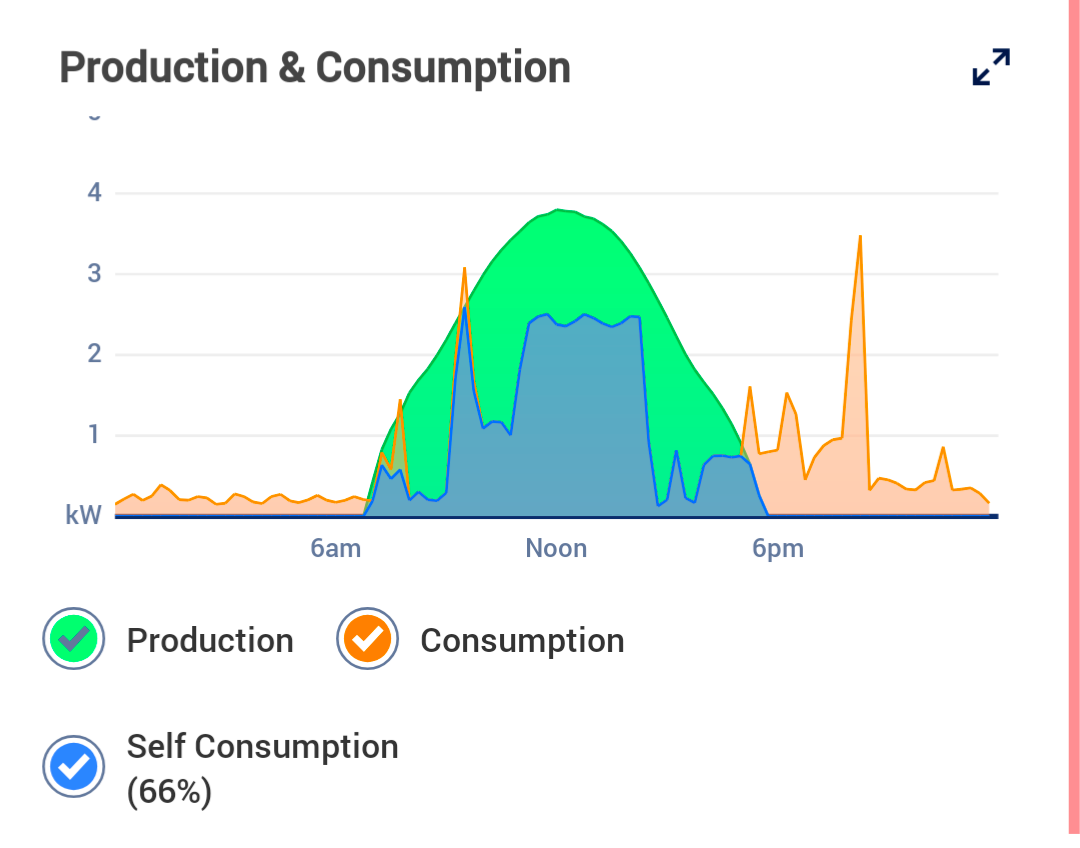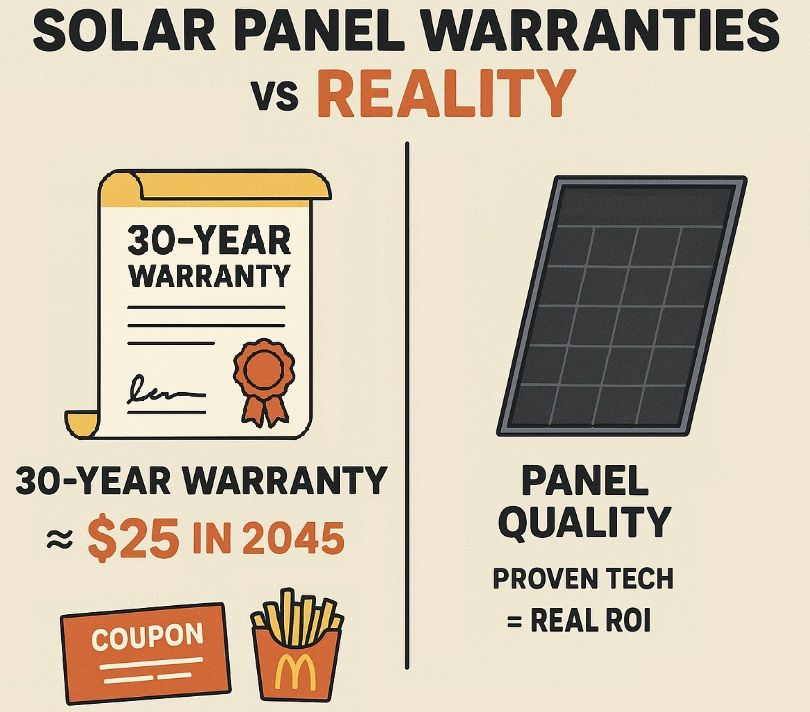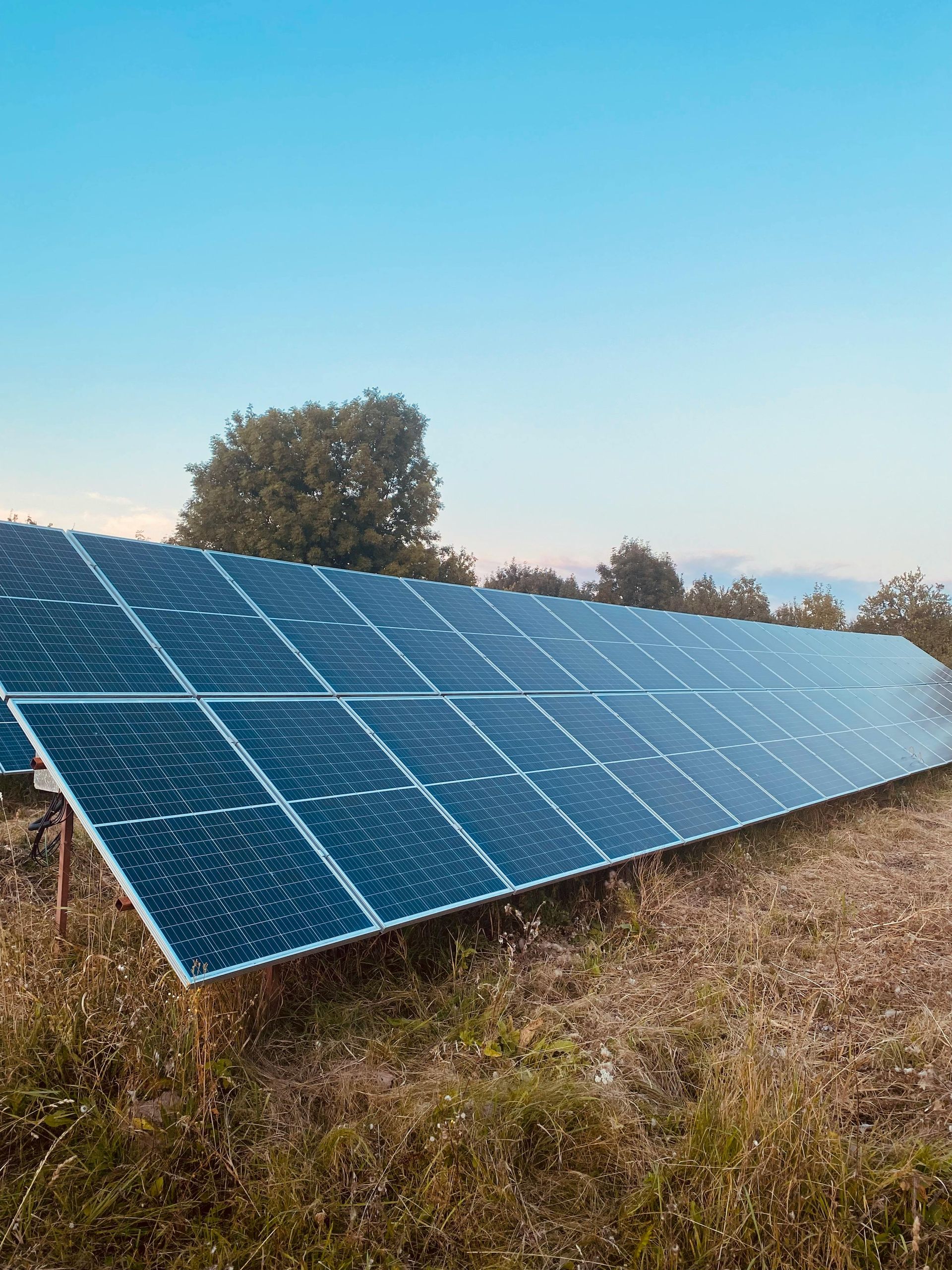Evaluating cost, efficiency, and longevity when pairing cylinders with solar systems.
If you're looking into heating your hot water with solar, you’ve probably come across heat pump hot water cylinders and traditional electric cylinders. One looks shiny and futuristic, the other… well, looks like the one your grandparents probably had. But when it comes to value and compatibility with solar, the "old school" option might actually be the smartest 21st-century move.
<br><br>
Let’s Talk Money First (Because That’s Where the Conversation Should Start)
Heat pump hot water cylinders are expensive. We’re talking 5 times the cost of a standard electric cylinder. And while they’re efficient when running, the savings don’t always pan out. Why? Because most heat pump cylinders are expected to last around 15 years — and then you’re back to square one, replacing a unit that cost a small fortune to begin with.
Compare that to a traditional electric hot water cylinder. You’ll likely get 30+ years out of it with very little maintenance. Over that same 30-year period, a heat pump user may have spent up to 10 times more — not on power, but on replacing gear.
<br><br>
But What About Efficiency?
This is where solar and traditional hot water cylinders make a surprisingly perfect pair.
A traditional electric cylinder can be heated with a variable amount of electricity, meaning it’s an ideal match for a solar diverter or timer. You can soak up those solar rays during the middle of the day, heat your water for free, and store that heat until you need it. A well-insulated cylinder can heat water to 70°C at midday, and it’ll still be steaming at 67°C come midnight. That’s not just hot water — that’s smart energy storage.
Heat pump cylinders, on the other hand, aren’t so flexible. They can’t ramp up or down to match the solar generation curve. You also can’t really put them on a timer, because they need ramp-up and cool-off periods. That makes syncing with solar production tricky, if not impossible.
<br><br>
Real-World Use: What We Do at Equity Solar Brokers
At Equity Solar Brokers, we don’t install hot water cylinders or timers — we’re here to help you find the right solar system with zero hassle. But we’ve seen a lot of setups, and we know what works (and what doesn’t).
We’ve personally run a 2kW element in our traditional cylinder — not the standard 3kW. That means it pulls less power and runs a little longer. Why does that matter? Because it allows us to capture more of the solar energy available across the day, even on cloudy days. No need to drop $500 on a diverter, and no diverter to replace every five years either (because yep — that's about how long they last).
<br><br>
Hot Water When You Need It (Without the Headaches)
Most of our clients set their traditional cylinder timers to heat up between 11am and 2pm — peak sun. For the six warmer months, that’s all they need. During the cooler half of the year, they chuck in a short 6am boost to top it up for morning showers. It’s simple, and it works. No apps, no cloud-connected control panels, just good old-fashioned efficient heating.
<br><br>
A $20 Timer That’ll Outlast Your Smartphone, Your Car, and Probably Your Dog
Let’s not forget the humble switchboard timer. It’s basically a little analog clock that turns your hot water cylinder on and off. They’ve been around forever, they cost about twenty bucks, and they’ll easily last 30 years. Compare that to a solar diverter with a one-year warranty. You do the math.
Sometimes the best solution isn’t the flashiest. It’s the one that just works — day in, day out, with zero fuss.
<br><br>
The Final Word
We’re not here to trash heat pump cylinders — they’ve got their place. But if you’re rocking a solar setup (or planning one), it’s worth taking a serious look at a traditional hot water cylinder with a 2kW element and a cheap, reliable timer.
It might not look as futuristic, but when it comes to cost, compatibility, and pure efficiency, it’s a stone-cold (or steaming hot) winner.
Got questions about your hot water setup? Want to see how your system could work with solar? We love this stuff. Flick us a message — let’s chat.
<br><br>
PS: The image below is from Rowan's solar system and homes usage in April 2025 — not summer, not winter. You can see how the 2kW hot water cylinder kicks in about 11am and runs for a chunk of the day, sitting neatly under the solar production curve. That’s what we’re talking about when we say “perfect solar sync” — and we didn’t even need a diverter to do it.
<br><br>
Production = Solar Production
Consumption = Power the home is using
Self Consumption = Solar the home used. The big blue chunk represents the hot water cylinder.




